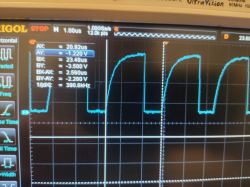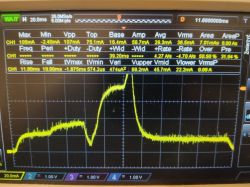Hi. Looking to get my module working on batteries, I decided to use the espNow functionality and deepSleep. And now I'm experimenting with different ways of putting the microcontroller to sleep, it turns out that probably the least current-consuming mode is It allows the maximum reduction of time and current consumption during restarting as you can see on the attached oscillogram
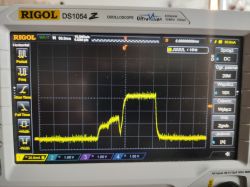 The problem is that I don't know how I can connect to the network after such a sleep. At the moment, part of the setup(); function looks like this
The problem is that I don't know how I can connect to the network after such a sleep. At the moment, part of the setup(); function looks like this
Putting the esp to sleep in mode causes the module to connect to the slave esp_now however this time is already ~300ms
Code: C / C++
 The problem is that I don't know how I can connect to the network after such a sleep. At the moment, part of the setup(); function looks like this
The problem is that I don't know how I can connect to the network after such a sleep. At the moment, part of the setup(); function looks like this
Code: C / C++
Putting the esp to sleep in
Code: C / C++



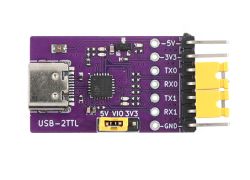
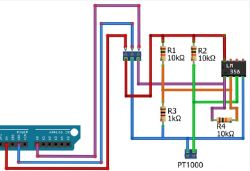
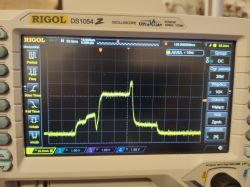
 .
.
